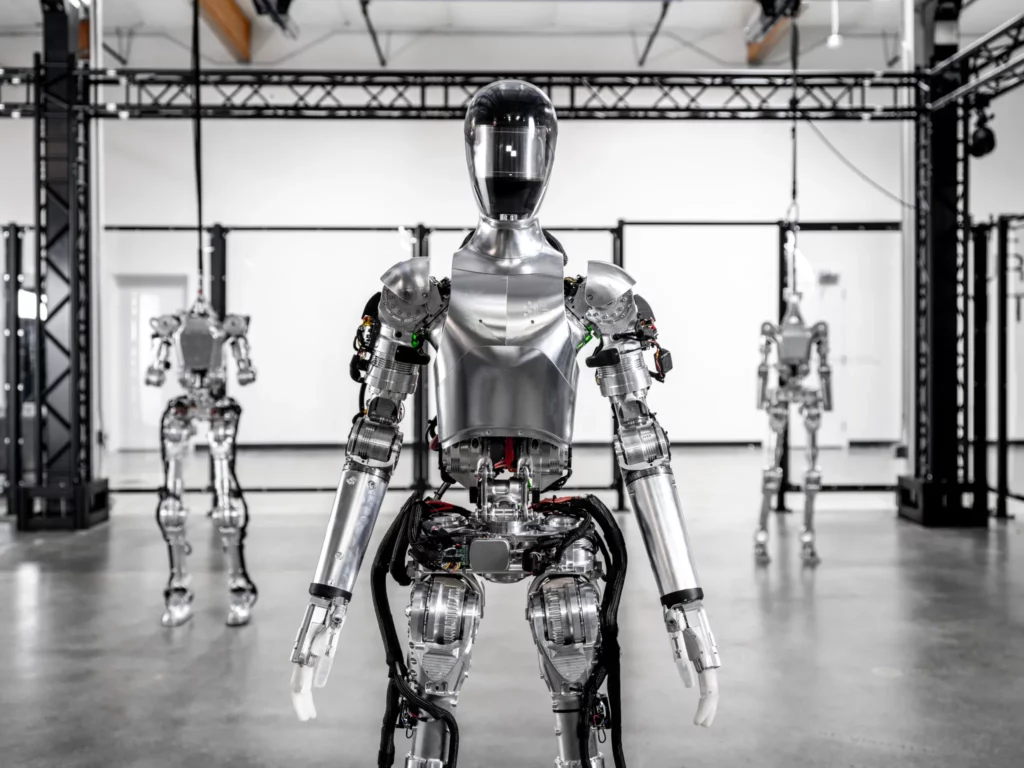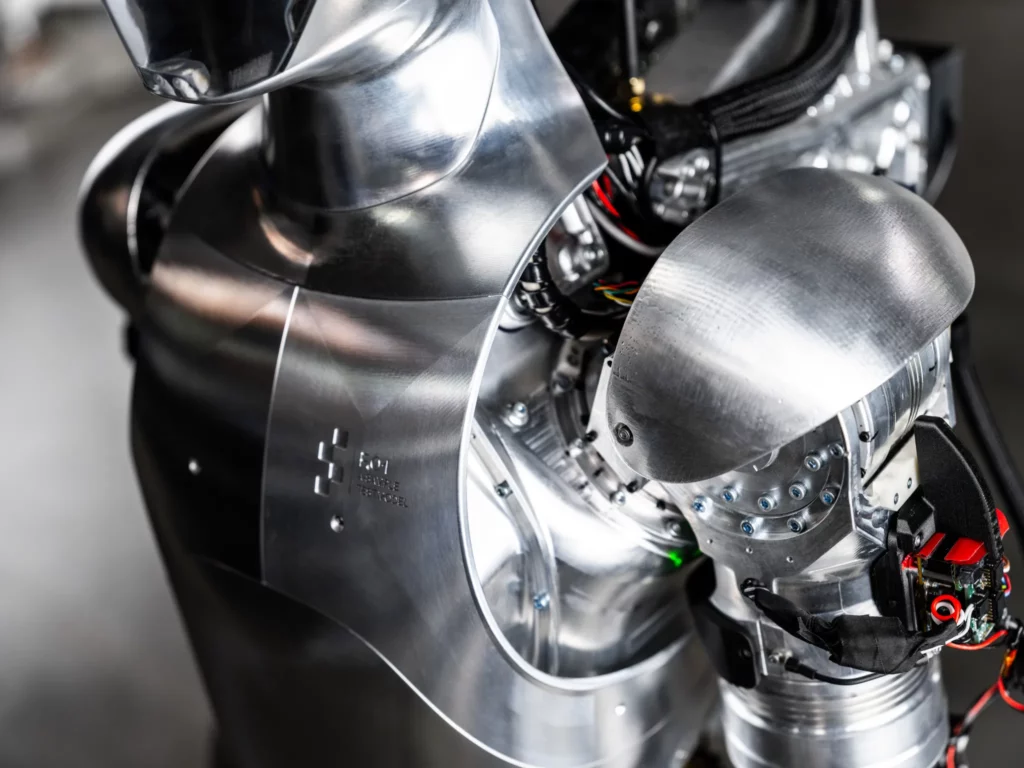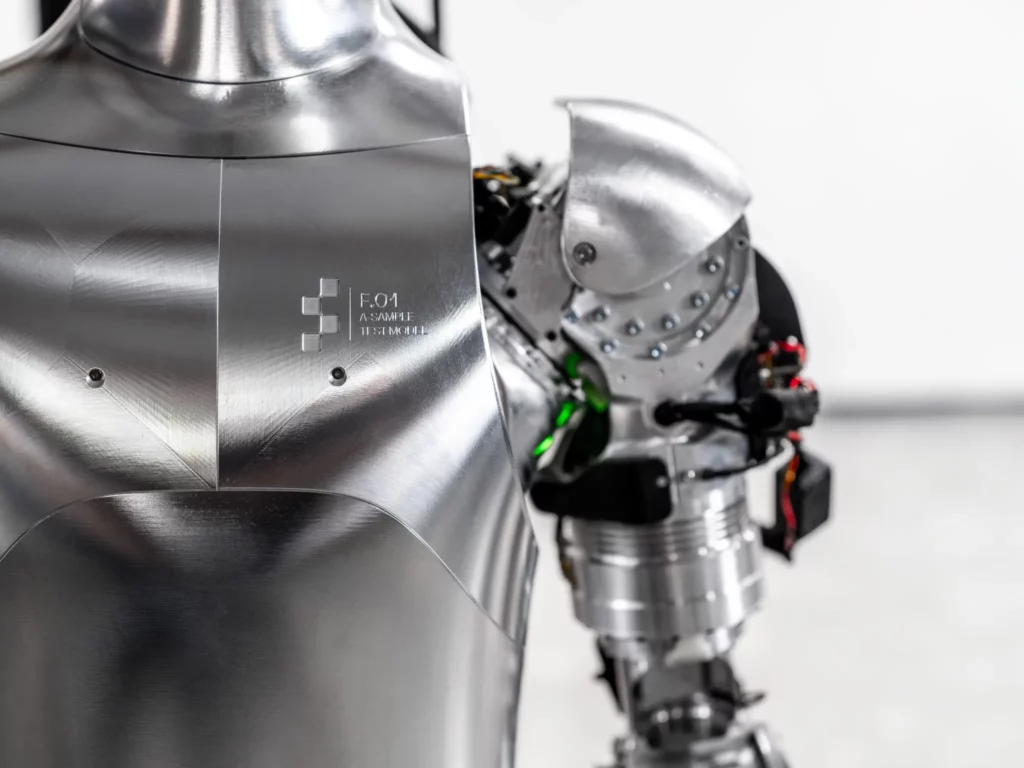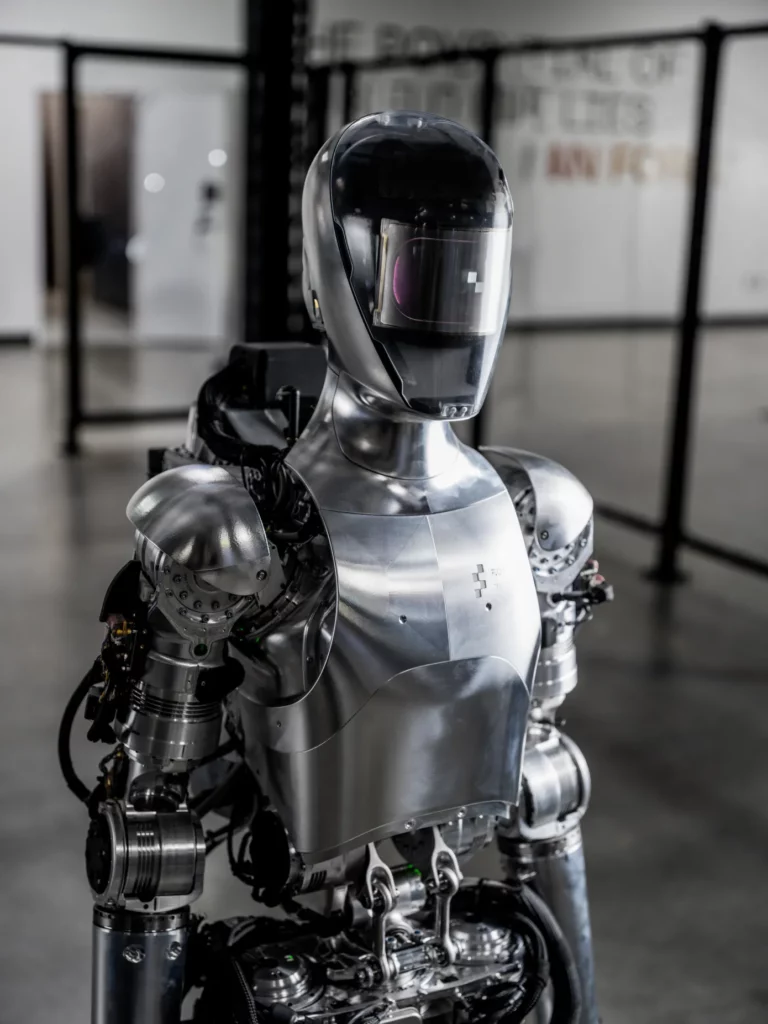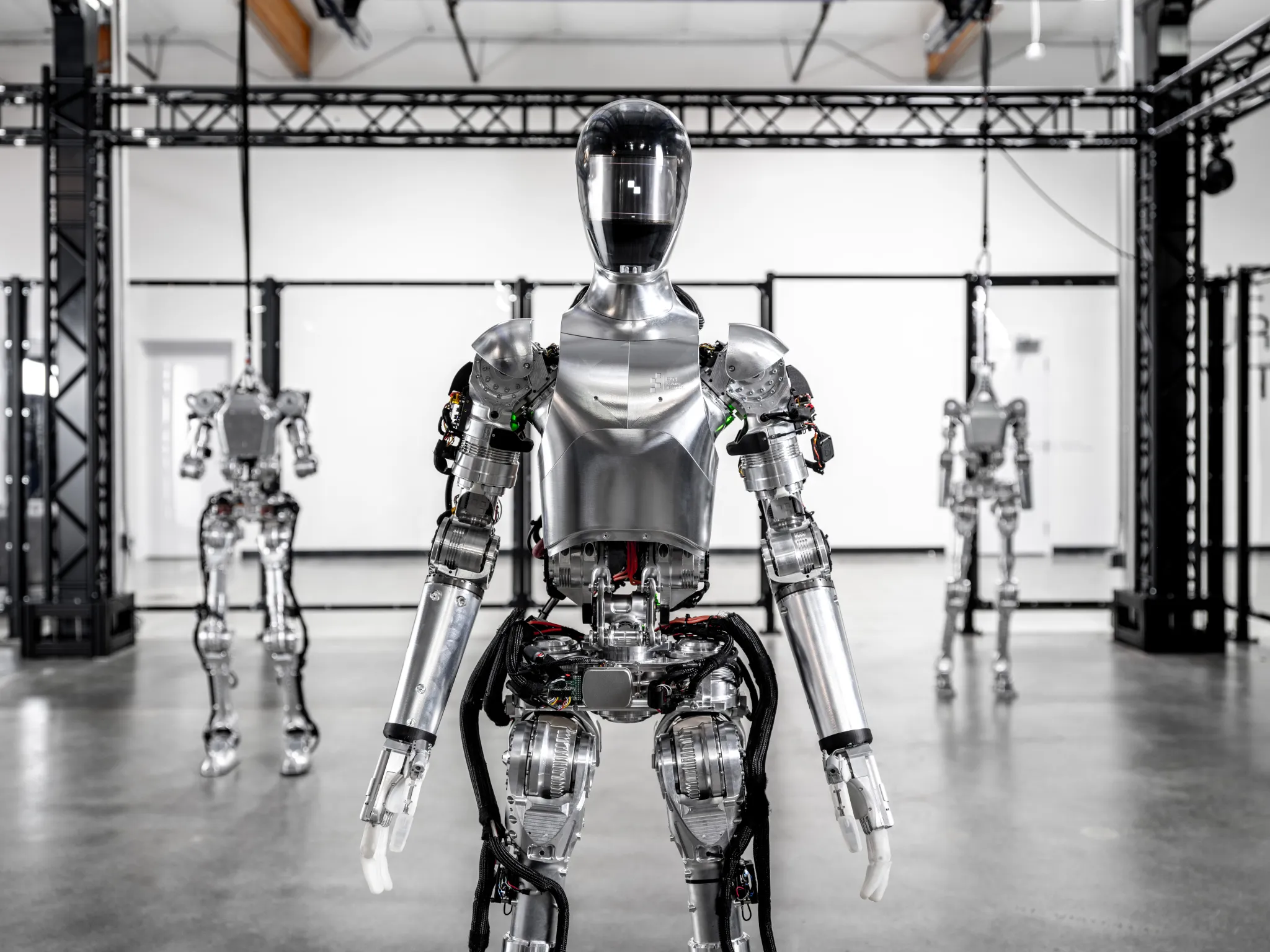With the field of humanoid robots gaining significant momentum, Bay Area-based Figure has secured a staggering $675 million in Series B funding, bringing its valuation to $2.6 billion. This impressive feat is even more remarkable considering the company’s infancy, having launched in 2022 with an ambitious goal of building a walking bipedal robot within a year, a goal they reportedly achieved.
The funding round boasts a prestigious lineup of investors, including Microsoft, OpenAI, Amazon, Nvidia, and Intel Capital, signifying their belief in Figure’s potential. Notably, this round comes on top of the $100 million the company bootstrapped and the $70 million it secured in its Series A funding last May.
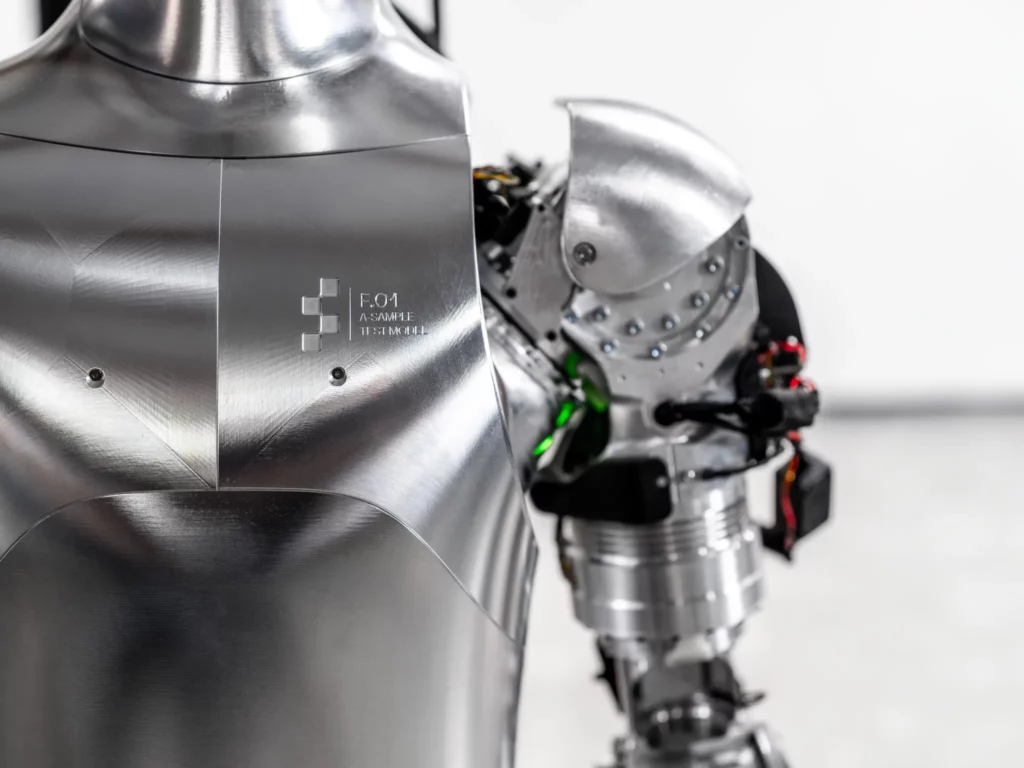
Figure’s rise coincides with the surging interest in humanoid robots. Companies like Tesla, Apptronik, and 1X are all making strides in this field, with Amazon even piloting Agility’s Digit robot in its warehouses. While the ultimate goal of creating general-purpose AI robots capable of performing a wide range of tasks like humans might still be years away, the focus for now is on practical applications in industrial settings like warehouses and factories. This makes sense considering the upfront costs involved and the need for more realistic expectations regarding current capabilities.
Figure’s partnership with OpenAI, a pioneer in generative AI, is aimed at developing next-generation AI models specifically for humanoid robots. This collaboration focuses on improving natural language processing, allowing for more natural communication and interaction between robots and humans. This is crucial for robots operating autonomously in complex environments like warehouses, where clear communication and human intervention for error correction are essential.
The funding will also fuel Figure’s go-to-market strategy, with a recent partnership with BMW already secured for robot deployment. While the company has made significant progress, as evidenced by a recent video showcasing the robot’s capabilities, it’s important to maintain realistic expectations. The video demonstrates deliberate and methodical movements, highlighting the current limitations in speed and autonomy. However, the continuous shot and the robot’s dexterity in handling objects are promising signs.
Overall, Figure’s funding and progress reflect the growing interest in humanoid robots and their potential applications. While challenges remain, the company’s advancements and strategic partnerships position it well to contribute to the development of this exciting field.
